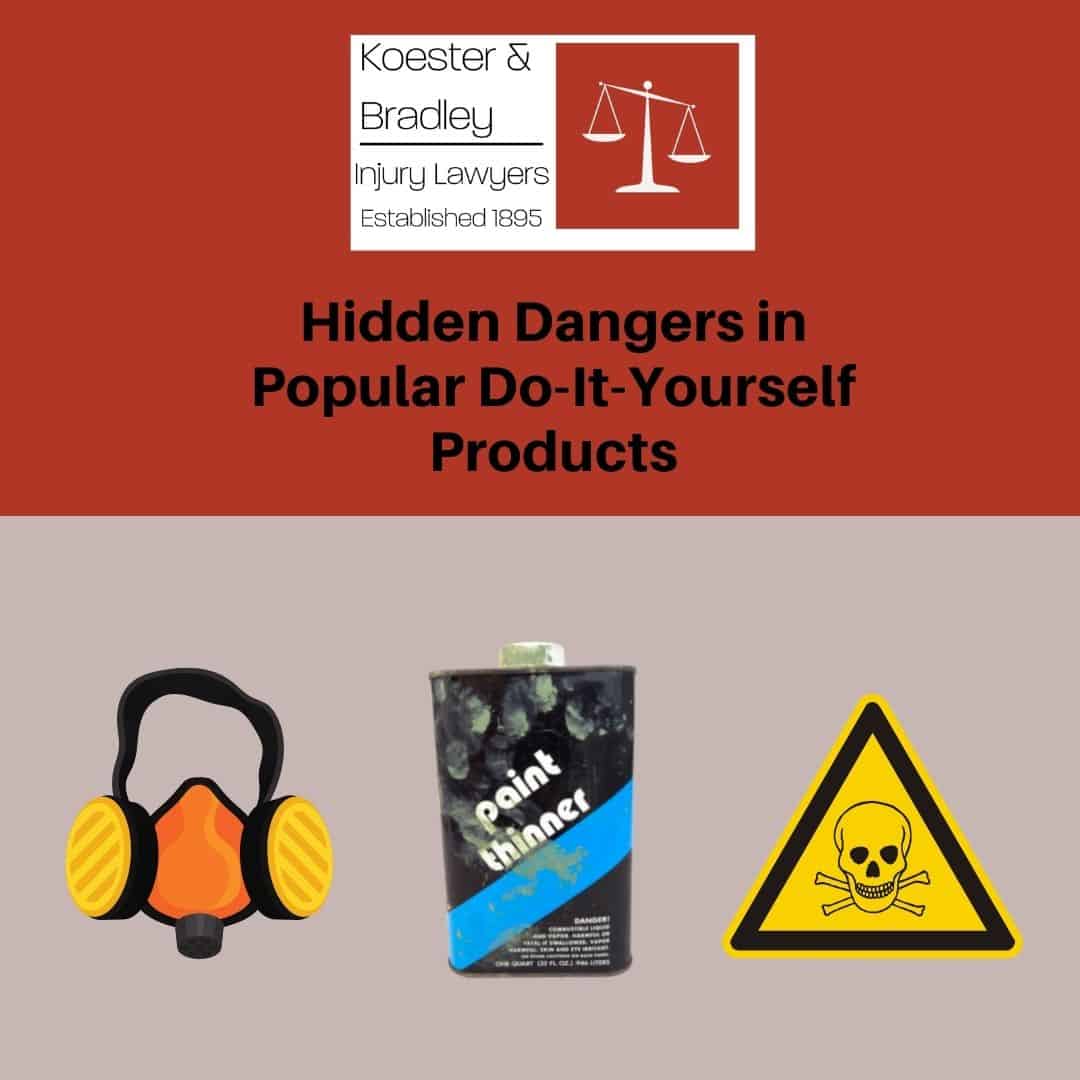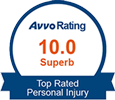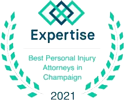- Free Personal Injury Consultation: (217) 337-1400 Tap to Call
Hidden Dangers in Popular Do-It-Yourself Products

You are spending a Saturday afternoon finally stripping the paint off the bedroom floor. Little do you know that the product you are using to strip those stubborn layers of old paint could kill you. There lurking on the storeroom shelves are products containing a highly-toxic chemical known as methylene chloride, also called Dichloromethane (DCM). Methylene chloride identified by its Chemical Abstract Number: 75-09-2 is a volatile, colorless liquid with a sweet-smelling odor. If the Occupational Safety and Health Administration (OSHA) is advising its workers to avoid products containing methylene chloride, then why does the general public still have access to these products?
Uses of Methylene Chloride
Methylene chloride is a chlorinated solvent used in a variety of industries and applications. It is primarily used in paint removers but also is used in aerosol formulations, in the manufacture of pharmaceuticals, as a degreasing agent, in metal cleaning, in electronics manufacturing and as an ethane foam blowing agent. The Environmental Protection Agency states that paint and coating removal poses some of the highest exposures among the various uses of methylene chloride.
Known Hazards of Methylene Chloride per Osha
- Short-term airborne exposure without proper safety equipment can cause headaches, dizziness, nausea, a “feeling of intoxication, and eye, nose and throat irritation
- Prolonged skin contact without proper safety equipment may cause irritation and even chemical burns
- Increased airborne exposure without proper safety equipment can cause suffocation, loss of consciousness, coma and sudden death.
- Animal studies have shown that long-term exposure to methylene chloride may lead to liver and lung cancer, as well as tumors in the breast and salivary glands
- May lead to early onset heart attacks and arrhythmias in workers with heart disease due to an increase in carbon monoxide.
The Occupational Safety and Health Administration (OSHA) warns that if a worker smells methylene chloride, then he/she has already been overexposed because methylene chloride cannot be smelled until the level in the air is higher than OSHA’s permissible exposure limits (25 ppm (parts per million) in an 8-hour time-weighted average or 125 ppm in a period of 15 minutes (short-term exposure limit)).
Warning on Products Containing Methylene Chloride
Current warning on the product, Goof Off Semi-Paste Pro Stripper
WARNING: Contains Methylene Chloride. INHALATION OF VAPOR CAN KILL YOU. DO NOT USE IN ENCLOSED AREAS such as basements, bathrooms or closets. SYMPTOMS MAY NOT BE NOTICEABLE. Avoid contact with eyes or skin, as severe irritation can occur.
DANGER! POISON. VAPOR EXTREMELY HARMFUL. MAY BE FATAL IF USED IN ENCLOSED AND UNVENTILATED AREAS. USE ONLY WITH ADEQUATE VENTILATION TO PREVENT BUILDUP OF VAPORS. MAY BE FATAL OR CAUSE BLINDNESS IF SWALLOWED. EYE & SKIN IRRITANT. Do not use in areas where vapors can accumulate and concentrate such as basements, bathrooms, bathtubs, closets or other small enclosed areas. Whenever possible use outdoors in an open air area. If using indoors open all windows and doors and maintain a cross ventilation of moving fresh air across the work area and across floor. IF STRONG ODOR IS NOTICED OR YOU EXPERIENCE DIZZINESS, EYE-WATERING, OR HEADACHE – STOP! VENTILATION IS INADEQUATE. LEAVE AREA IMMEDIATELY, AND GET FRESH AIR. IF THE WORK AREA IS NOT WELL-VENTILATED, DO NOT USE THIS PRODUCT. IF used properly, a respirator may offer additional protection. Obtain professional advice before using. Cannot be made non-poisonous.
Methylene Chloride has been shown to cause cancer in laboratory animals. Reports have associated repeated and prolonged over-exposure to solvents with neurological and other physiological damage. The risk to your health depends on the level and duration of exposure. Intentional misuse of this product by deliberating concentrating and inhaling vapors can be harmful or fatal. Avoid breathing vapors or mist and contact with skin, eyes and clothing. Do not swallow.
SAFETY DIRECTIONS: USE OUTDOORS IN AN OPEN AREA. It is dangerous to use this product indoors. If you must use indoors, cross-ventilate work area by opening all windows and doors and circulating fresh air through the work area to reduce vapor accumulations. Always wear chemical-splash goggles and chemical-resistant gloves when handling this product. A dust mask does not provide protection against vapors.
OSHA Safety Requirements for Methylene Chloride
- Gloves made of polyethylene vinyl alcohol(PVA)/ethylene vinyl alcohol (EVOH), or other laminate materials that are resistant to methylene chloride (required regardless of methylene chloride levels). LATEX, NITRATE, NEOPRENE AND POLYETHYLENE GLOVES DO NOT PROTECT AGAINST METHYLENE CHLORIDE. BUTYL RUBBER GLOVES DO NOT MEET THE REQUIREMNET OF THE OSHA METHYLENE CHLORIDE STANDARD BECAUSE THEY DEGRADE IN LESS THAN 1 HOUR.
- Outer gloves are also recommended to prevent cuts and tears to the inner methylene chloride-resistant gloves
- Methylene chloride-resistant aprons, sleeves and boots or shoe covers
- Chemical-resistant goggles or a face shield
- OSHA requires workers to wear a full-face atmosphere-supplying respirator when engineering and work practice controls cannot decrease methylene chloride levels below OSHA’s permissible exposure limits.
The EPA and Methylene Chloride
A 2015 study conducted by the Center for Public Integrity determined that methylene chloride exposure was responsible for approximately 56 deaths since 1980. The Environmental Protection Agency (EPA) conducted its own risk assessment of methylene chloride in paint stripping uses in 2014 and had proposed to ban the consumer and commercial paint stripping uses in January 2017. However, in June 2017, the EPA announced that it would not re-evaluate the paint stripping uses of methylene chloride. An EPA News release of May 10, 2018 announced that: (1) The EPA intends to finalize the methylene chloride rulemaking; (2) The EPA is not re-evaluating the paint stripping uses of methylene chloride and is relying on its previous risk assessments and (3) The EPA is working to send the finalized rulemaking to the EPA’S Office of Management and Budget (OMB) shortly.
Methylene chloride is one of 10 specific chemicals that the EPA chose to evaluate for changes to the Toxic Substances Control Act of June 2016. The new rules would require when a chemical poses an unreasonable risk that the EPA be required to take action within two years, with a possible extension of four years. If the chemical is assessed as unreasonably dangerous, then phaseouts and bans of this chemical must occur within five years of that assessment.
Methylene Chloride Bans Outside the United States
On May 6, 2009, the European Parliament passed Decision 455/2009/EC which banned the use of methylene chloride in paint strippers by private persons and commercial entities. Industrial uses are the exceptions to the decision but all products must be labeled accordingly.
Retailers and Methylene Chloride
News media have reported that Walmart, Lowes, Home Depot, Sherwin-Williams, Menards, Ace and Truce Value will no longer sell paint strippers made with methylene chloride or N-methyle-2-pyrrolidone (NMP) in its United States, Canada, Mexico and Central America stores and will cease the selling of these products on its e-commerce sites as of February 2019.









